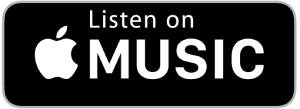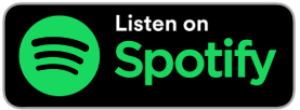
by Dorian Salzmann
During the most recent eclipse — another cosmic revelation occurred, a prototype designed to bridge the gap between the stars and those who cannot see them. Astronomers and scientists have invented a new era of accessibility.
Researchers at Harvard University’s Astronomy Lab have created LightSound, a compact device resembling a smartphone, which converts ambient light levels into auditory signals. In this innovative system, the brilliance of daylight is symbolized by the melodious tones of a flute, while the gradual dimming during an eclipse is represented by the sombre notes of a clarinet. The brief moments of totality, when the moon fully obscures the sun except for its corona, are marked by gentle clicks, creating a unique audio experience of celestial phenomena.
According to their website:
The LightSound device was designed and developed in 2017 as a tool for the Blind and Low Vision (BLV) community to experience a solar eclipse with sound. The device uses a technique called sonification which is the process of converting data (or light intensity in this case) to sound. As the Moon eclipses the Sun during a Solar Eclipse the sunlight begins to dim and the LightSound device will output a change in musical tone. The device can be attached to headphones or to a speaker to project the sound to a group. LightSound is powered by either a 9V battery, a rechargeable Lithium-Ion battery, or by connecting it to a laptop via USB. Data can be collected and saved for later analysis or sonification when the device is connected to a computer.
This device was built after extensive design to make it producible on a 3D Printer. Owners of a 3D printer are encouraged to make their own as the device and its code are open source. Those with soldering skills can follow the lab’s instructions to create their own LightSound and even create their own customized sounds.
To their credit, the Harvard University Astronomy Lab team built and disseminated more than 700 LightSound units to institutions in the United States that held eclipse events. Such as colleges, museums, national and state parks, and schools for the blind.
Beyond this eclipse, the potential of a device like a LightSound echoes – it whispers of distant quasars, colliding galaxies, and pulsars singing their cosmic ballads. For the visually impaired, it’s more than an instrument; it’s a passport to the cosmos – a reminder that once provided with accessible technology, the cosmos speaks to us all, regardless of our eyes’ limitations.
You can listen to an example of the LightSound here:
https://astrolab.fas.harvard.edu/LightSound-clip.mov



